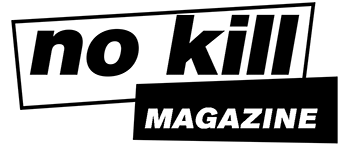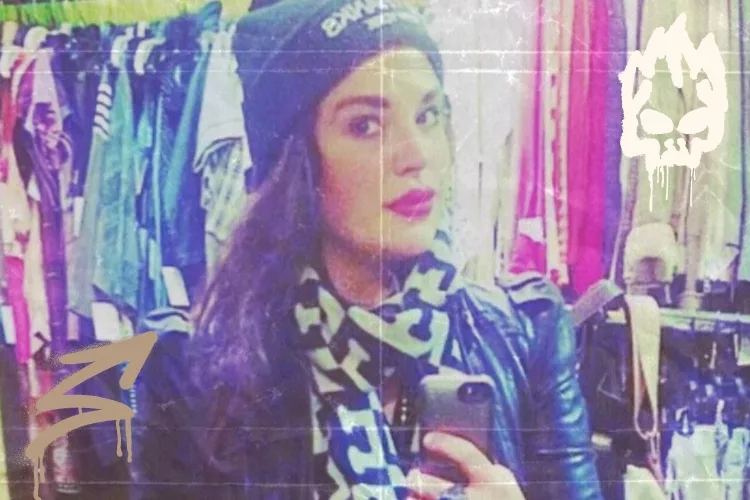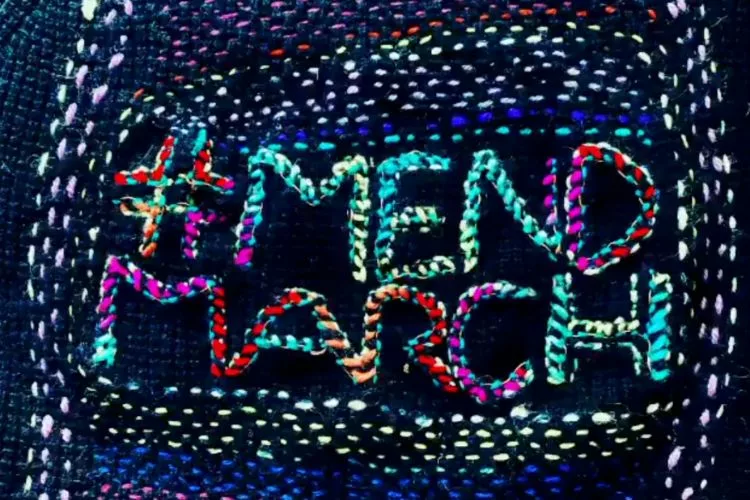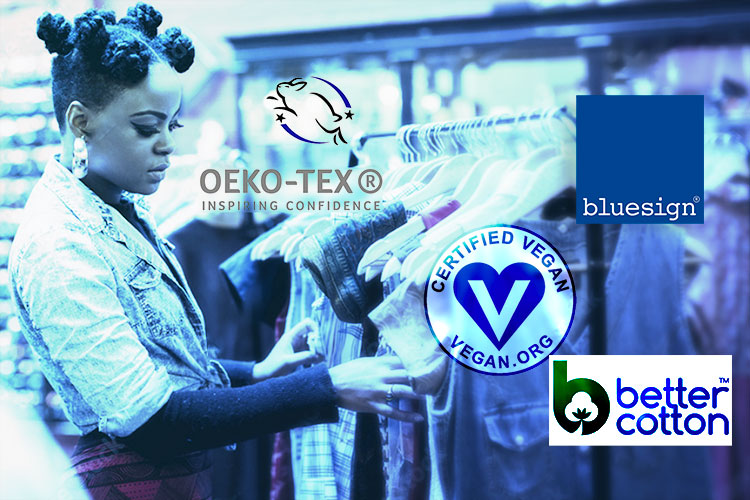Plastic Free Alternatives for the Kitchen, Bathroom and on the go
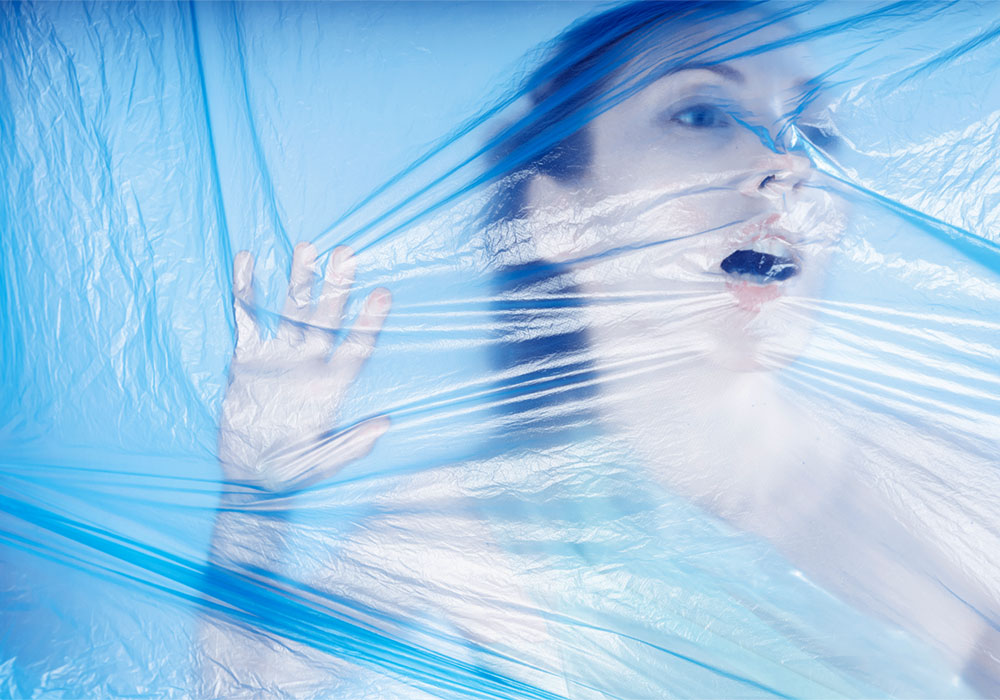
We all know the figures on plastic waste are bleak – a single plastic water bottle takes centuries to decompose, plastic bags strangle baby seals, and the industry has exaggerated the benefits of recycling in order to sell more plastics. We know governments need to be more aggressive in regulating the industry, and businesses need to take more responsibility. Many of us have adopted the mindset that until this happens, giving up plastic straws isn’t gonna be much help, so why bother?
But here’s the thing about small changes. When lots of people come together, and make small changes all at once, the impact can be extraordinary.
In 2011, Rebecca Prince-Ruiz was working in local government in Perth, Australia, when she visited a city recycling facility. As she emptied her own recycling for collection that same night, she couldn’t get the image of the mountains of unrecyclable plastic waste she’d seen earlier out of her mind. Knowing, for the first time, where the contents of her bin were really going, she went to work the next day and said to her co-workers, “I’m going plastic free next month, who wants to join me?”
And that’s how Plastic Free July was born.
It started off with Rebecca and two of her colleagues twelve years ago. In 2022, over 140 million people worldwide chose to participate in Plastic Free July. Together, those folks chose to refuse 301 million single-use plastic items that month, totaling 2.1 million tons of avoided plastic waste. The opportunity to be a part of the movement is back, and we encourage any and all to sign up and take the challenge for Plastic Free July.
When Rebecca and her colleagues first went plastic free, they didn’t have all the answers. They did, however, have some ideas – and so do we. Going plastic free will open your eyes as to how pervasive plastic is in our everyday lives, so here are some hacks for navigating the coming month without it.
All products featured on No Kill Mag are independently selected by our writers or editors. However, when you buy something through our retail links, we may earn an affiliate commission.
How to be Plastic Free ON THE GO
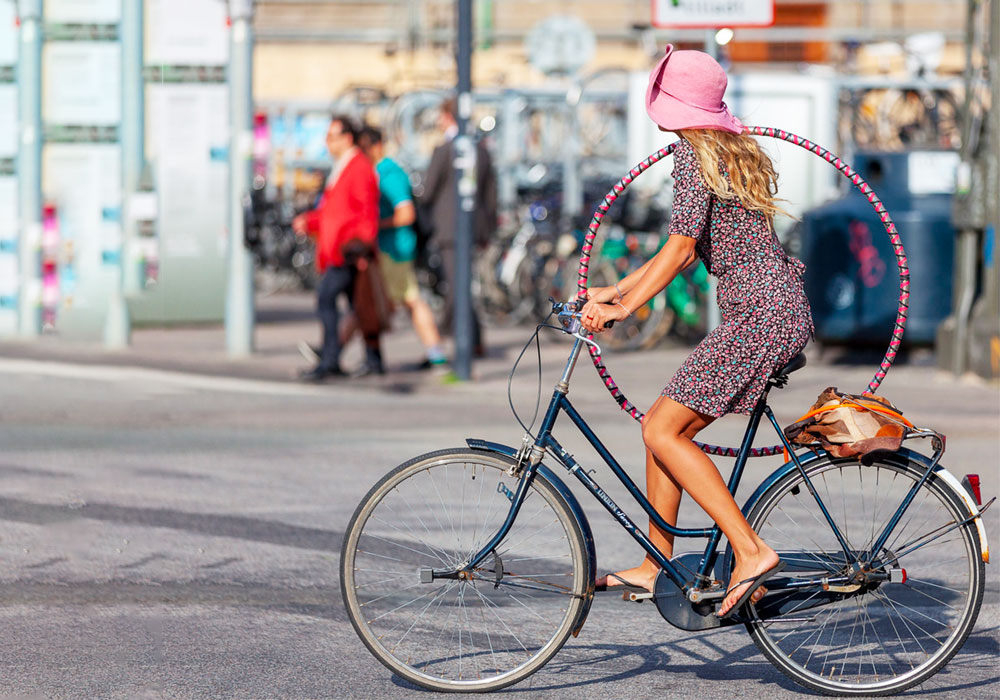
Okay, these are the easiest and most basic switches, and many of you may have already adopted these habits, but just in case, here are our fave tips for going plastic-free on the go.
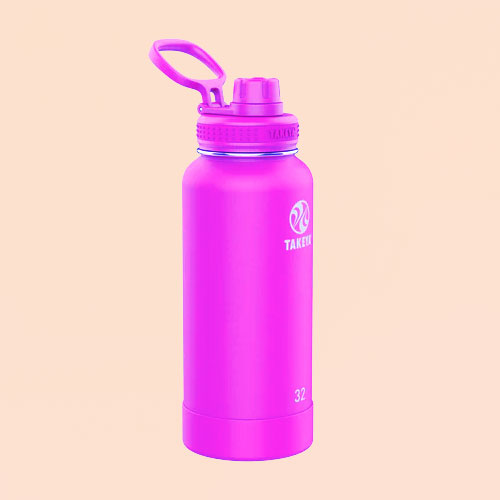
WATER BOTTLE
If you haven’t switched to a reusable water bottle yet, it’s time. The rising popularity of stainless steel bottles, not least because of their ability to keep our drinks cool for hours, means there are multiple options to choose from. We especially like the ones from Takeya because of their built-in straws. See our next tip for more musings on straws.
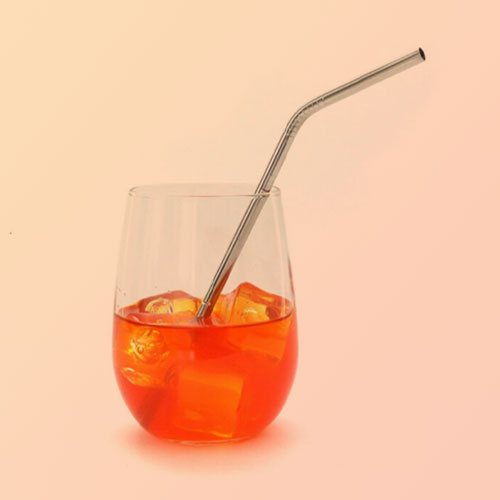
STRAWS
Plastic straws have kind of become enemy number one. Anyone remember when all the cafés replaced plastic straws with the compostable ones that disintegrated in your drink halfway through? While we admire the initiative, those weren’t great. It was a good jumping off point though, and companies have since engineered some really great alternatives to the plastic straw – like this metal one from PPC for only $3.
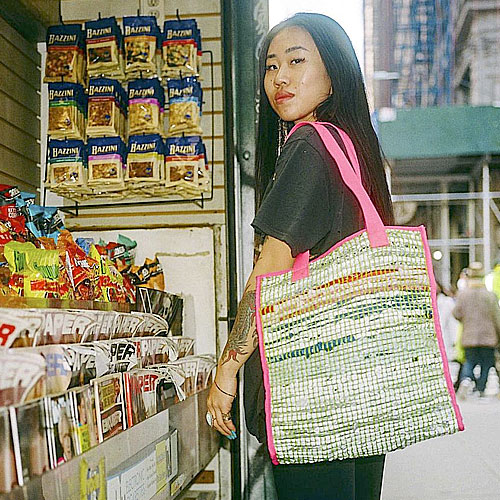
SHOPPING BAGS
Like the water bottle, if you’re still using single use plastic bags every time you buy food, make the switch now. Most grocery stores have reusable shopping bags available for purchase, so it’s a one time investment and a simple matter of remembering to bring them on your food runs. Or pick up a bag from local favorite aNY bag –a reusable bag MADE from weaving together single use plastic bags. Pretty meta in the non-Facebook way.
Plastic Free in the BATHROOM
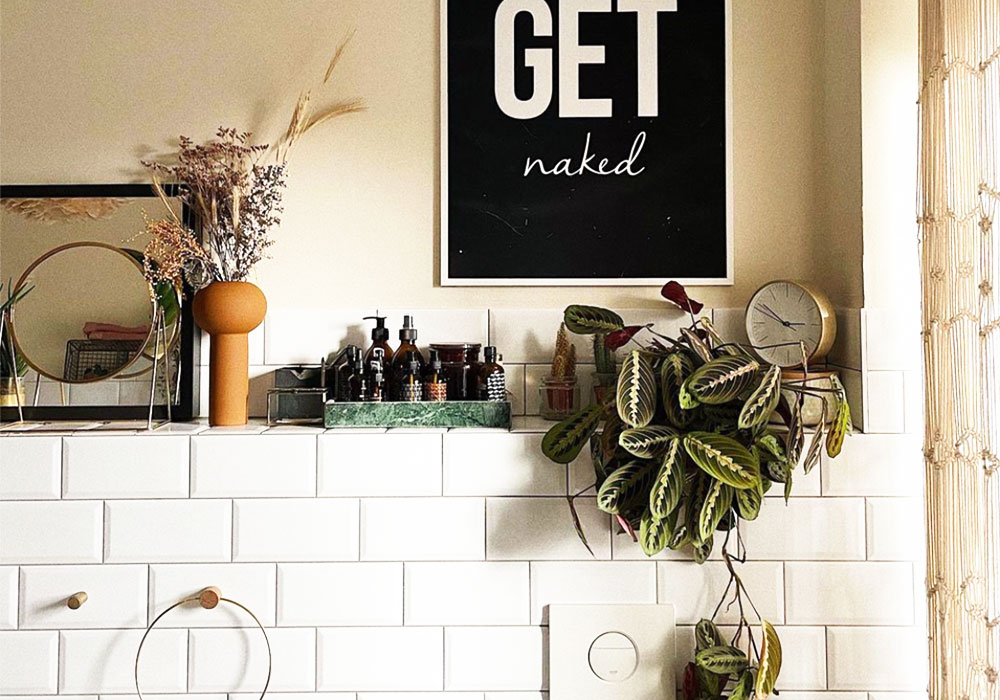
Usually the smallest room in the house, the bathroom generally holds the most plastic per square foot. It’s malleability and low production cost make it the go-to material for everything from cleansers to dental floss. Turns out there’s a sustainable alternative for every bathroom staple you can think of.
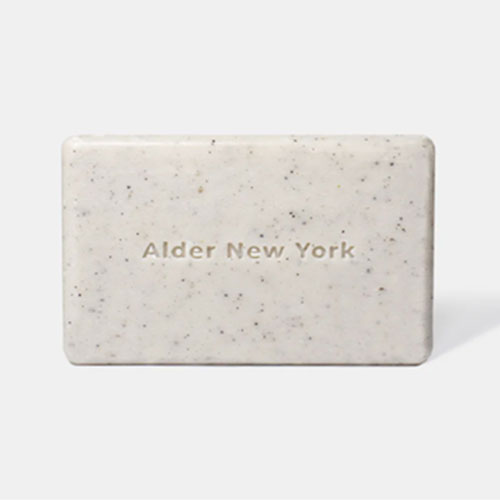
SOAP / BODY WASH
This is a very easy fix. Not only do bar soaps eliminate plastic, they also tend to contain fewer ingredients than body soaps or gels. Typically, they don’t need preservatives to keep them shelf-stable either, which means they don’t contain the parabens that we often find in the bottled versions. We’re long time fans of Alder New York, and their fragrance-free soap uses 1% glycolic acid and nourishing sea kelp to leave skin feeling refreshed, smooth, and hydrated.
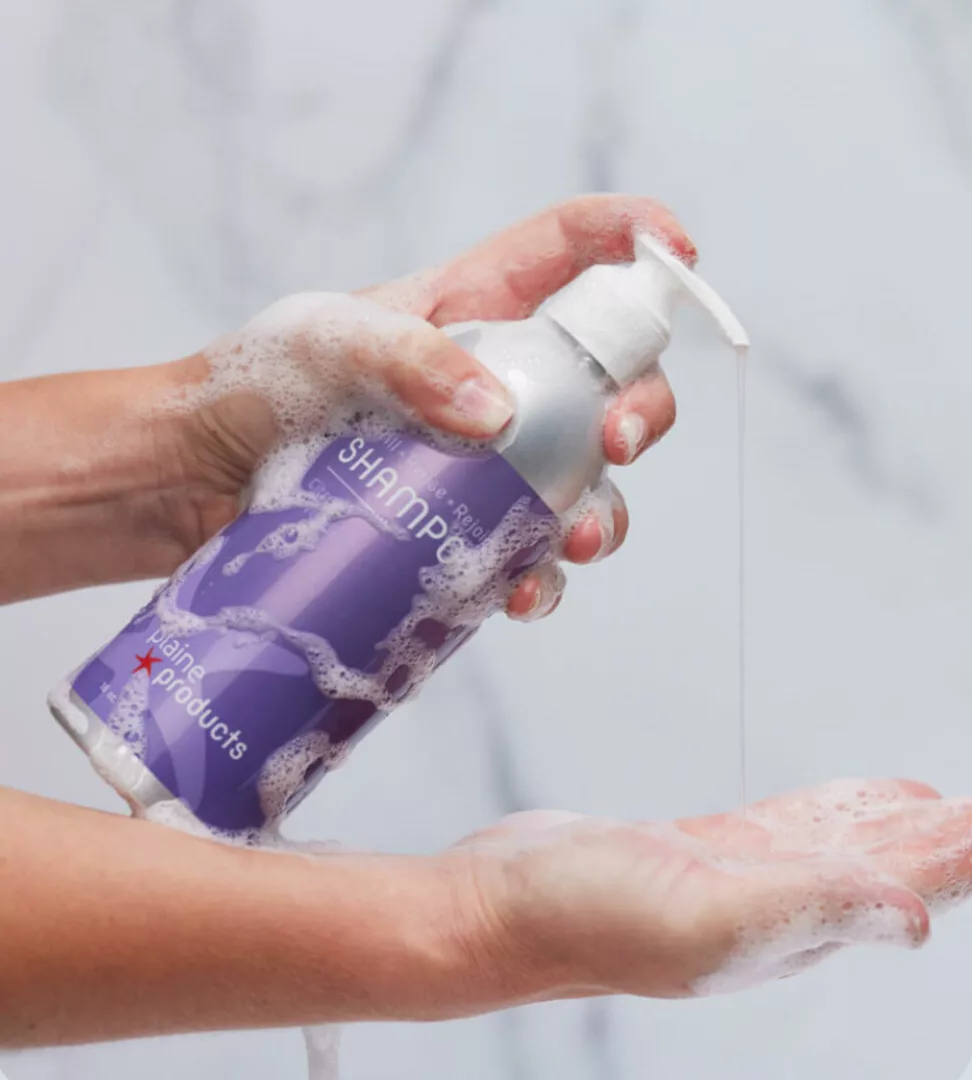
HAIRCARE
Every piece of plastic that has ever been made still exists. While that can scare some of us, it was what inspired sisters Lindsey and Alison Delaplaine to start zero waste Plaine Products, delivering haircare (and now skincare too!) in aluminum containers that they take back. Plus these great benefits
–Vegan and Cruelty-Free
– Free of sulfates, parabens, phthalates, silicone, and synthetic fragrances.
– Hypoallergenic
– Good for all hair types
– No toxic ingredients
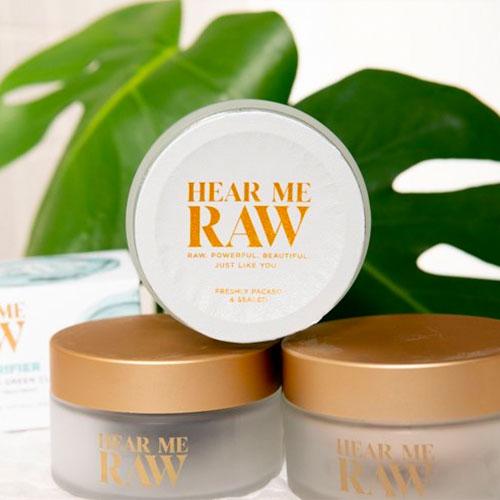
SKINCARE ROUTINE
The beauty industry has taken advantage of the importance we place on skincare, and pressed upon us the need for cleansers, serums, toners, creams, moisturizers, exfoliators, sheet masks, and anything else they can package up in little plastic containers and sell to us. The truth is, it’s not that complicated. Industry vet Mike Indursky – former CEO of Bliss, CMO of Burt’s Bees – started No Kill favorite HEAR ME RAW in response to all the industry BS. The lineup offers a comprehensive 4-step skin care regimen that comes in glass containers with replaceable pods.
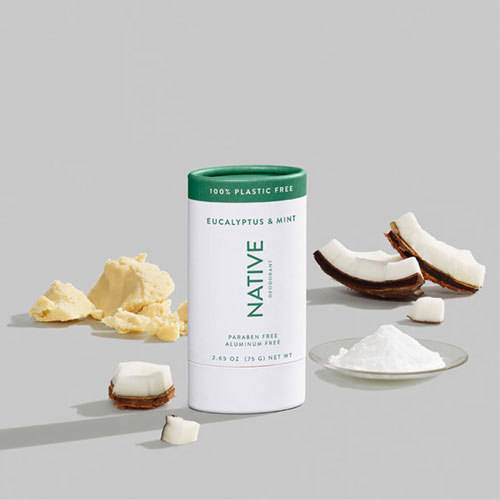
DEODORANT
Deodorant is another plastic product we use every day without thinking twice. Every now and then, we hear about folks switching over to DIY deodorant recipes – baking soda + tea tree oil, for instance, or lemon juice.
These are viable options, but if they’re a little too granola for you, Native and Ecoroots also offer zero-plastic (and zero-chemical) options for keeping body odor at bay.
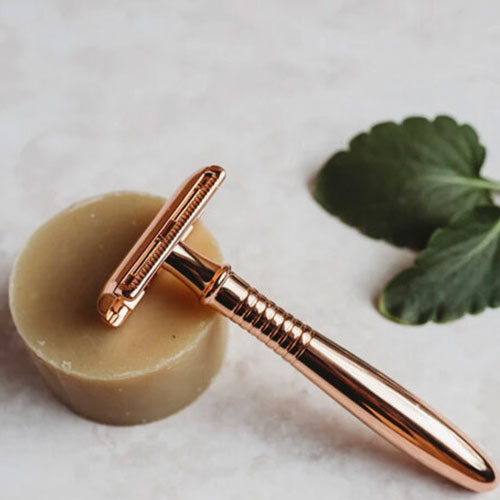
RAZORS
2 billion razors are thrown out every year. Change these numbers by using a safety razor. We recommend this rose gold one from Eco Roots – it offers a close shave, not to mention the vintage-y aesthetic feel it’ll lend to your shower routine (we’re suckers for that). Pair it with a package free shave soap and you have a match made in heaven.

Q-Tips
While standard Q-Tips aren’t necessarily plastic, the branded ones by Unilever (and let’s not support them) as well as generic ones are one of the main items found in the ocean. (ewww) So ditch those for the LastSwab Original -an easy to clean re-usable silicone based swab. Your ears will thank you and so will the sea creatures.
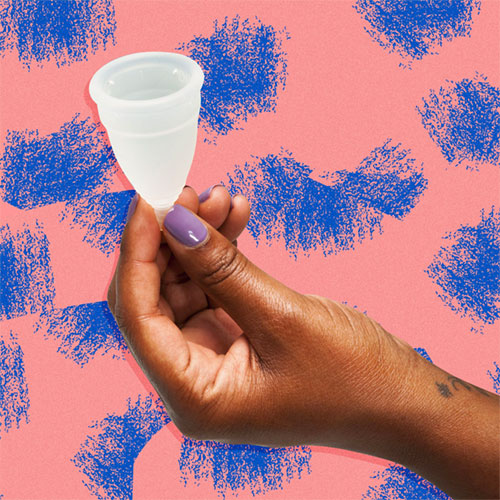
FEMININE PRODUCTS
Over the span of a lifetime, the average menstruator throws out somewhere between 5 -15,000 pads and/or tampons. The waste is starting to wear down on us, and during the great tampon shortage, a lot of people are made the switch to reusable products, like the diva cup. Your body, your choice (and while we’re here, we’d like to give a gigantic F YOU to SCOTUS).
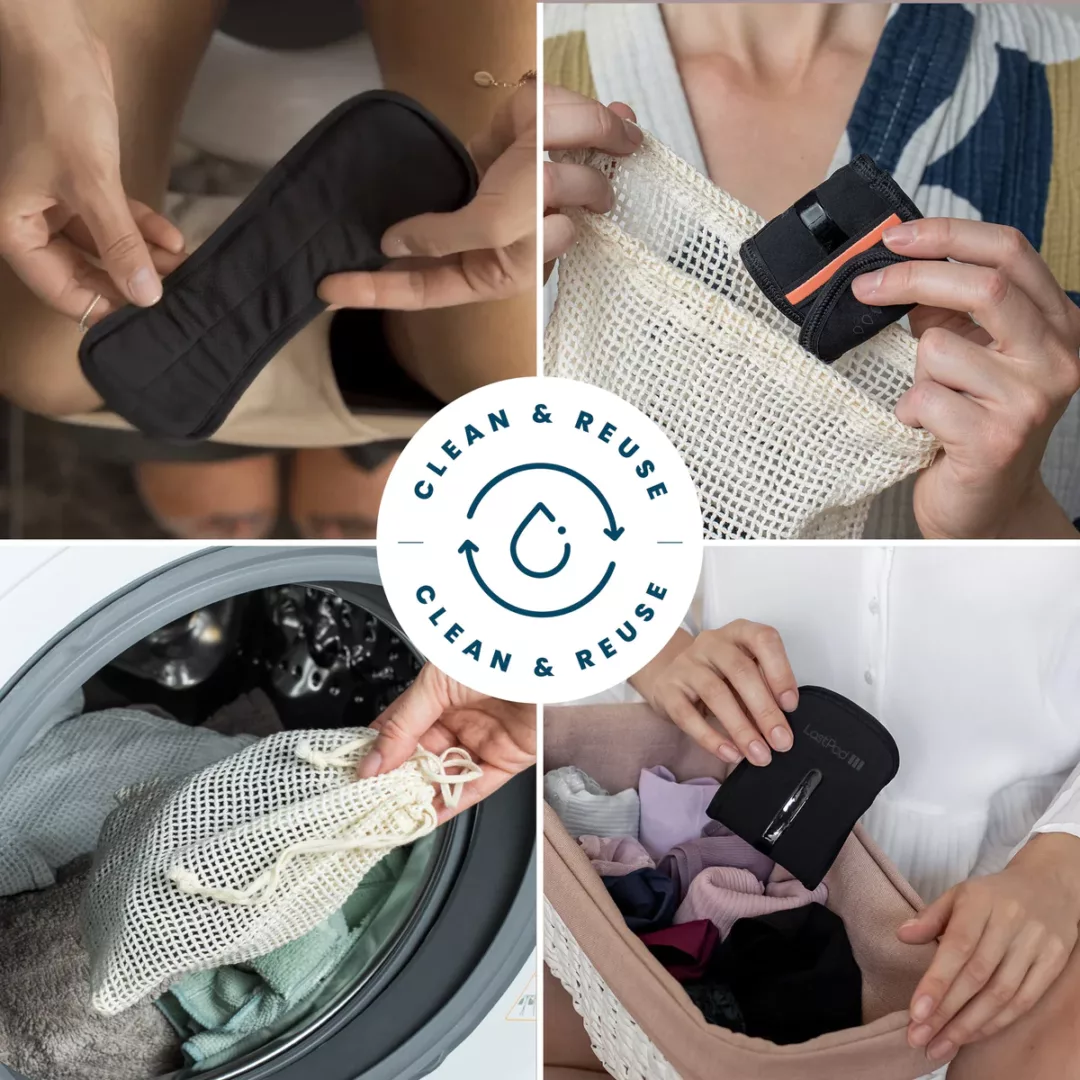
The Last Pad reusable menstrual pad that comes with it’s own bag for washing is another great option. A bloody awesome menstrual pad that actually feels good to wear and doesn’t hurt the planet. One LastPad replaces +240 single-use menstrual pads.
Plastic Free DENTAL
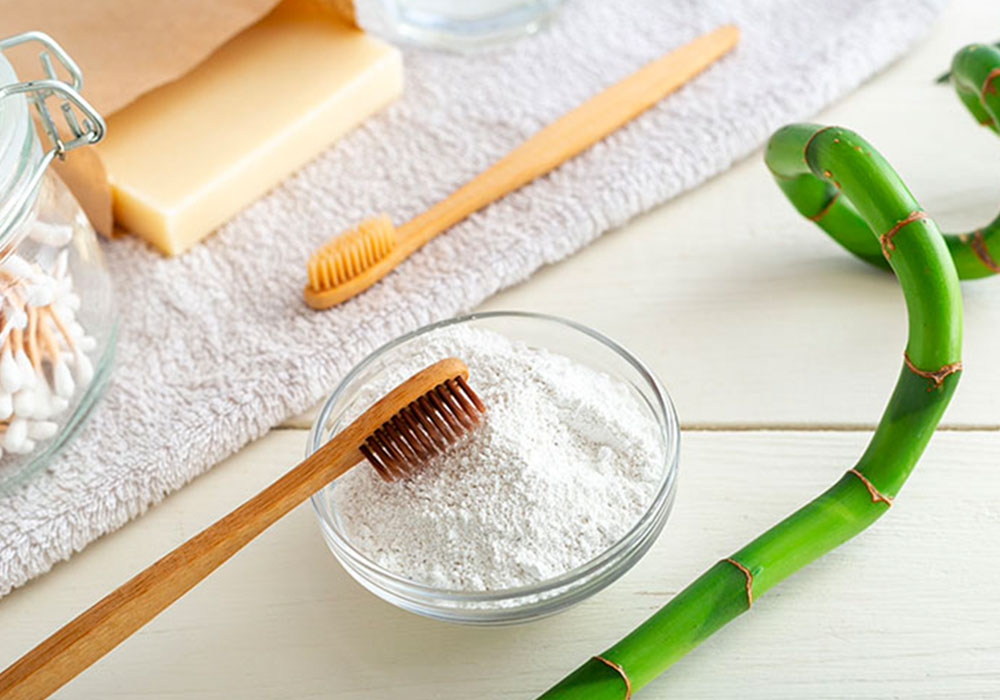
It’s always a good idea to check with your dentist first before making any changes to your oral health routine. It’s definitely okay to refuse the free plastic products they offer you at the end of your visit, so we recommend starting with that. Once you’ve gotten the green light to make some changes, here are our picks for going plastic free in your oral hygiene routine.
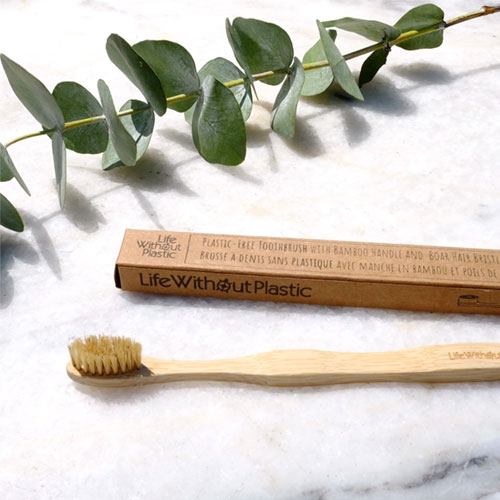
TOOTHBRUSH
You’ve probably seen the bamboo toothbrush pop up on your feed at some point. The beauty of bamboo, the cleaning power of natural bristles and the affordability – you can’t go wrong! Life Without Plastic offers a completely compostable bamboo toothbrush with bristles made from boar hair. Their boar bristles are ethically sourced as a by-product of the meat industry — if not used in this way, they would be discarded as waste.
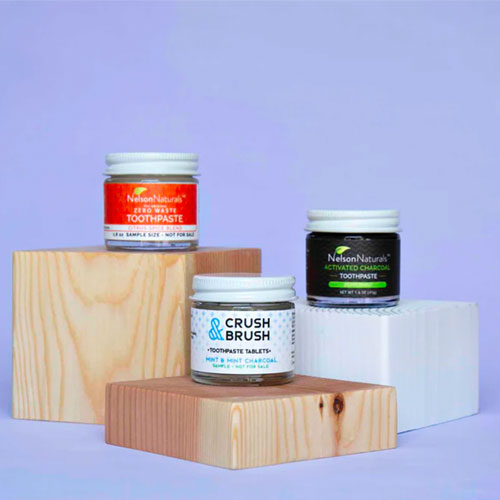
TOOTHPASTE
Toothpaste doesn’t need to be complicated. If you choose not to use fluoride in your toothpaste, then it’s as easy as using baking soda on your toothbrush. You can also find tons of DIY toothpaste recipes online if you’re looking to add flavors or make a paste.
Like the deodorant dilemma, if you’re more comfortable getting it from the experts, Nelson Natural’s has perfected plastic-free toothpaste and offers a refill program as part of their dedication to sustainability.
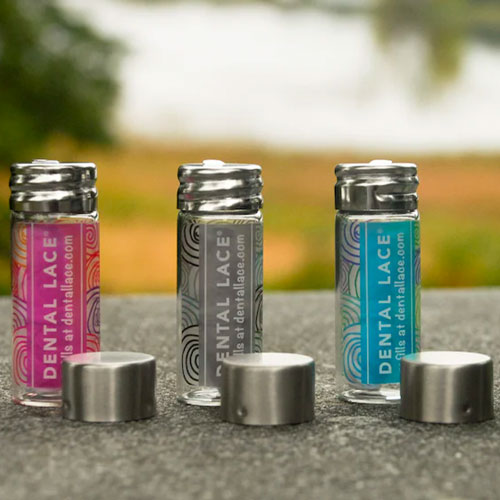
FLOSS
Flossing is a habit we all have to get into, but nylon floss is super harmful to the planet (sea animals get stuck in the nylon and it’s nearly impossible for them to get free of it) and also is covered in perfuoroalkyl, which has been linked to cancer and heart disease. So it’s time everyone made the switch to silk floss. If you’re vegan and don’t like the idea of using silk floss, Dental Lace’s impressive inventory includes plant-based floss as well. You can find all the goods in their gorgeous sea glass inspired containers – fancy, we know.
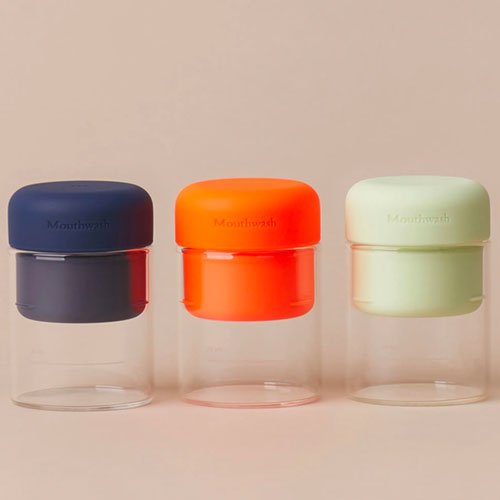
MOUTHWASH
Fun fact: Listerine was created in 1879, and first used as a surgical antiseptic, then as a FLOOR CLEANER. Now we rinse our mouths with it. Ummm. There’s gotta be a better way. Oil pulling with coconut oil (we like Dr. Bronner’s Organic Fair Trade Coconut Oil) is a great alternative that claims to get rid of excess bacteria, promote gum health and also whiten the teeth. Mouthwash tablets are also a great option – Byhumankind offers an array of refillable flavors made from all natural, ethical ingredients.
Going Plastic free In the KITCHEN
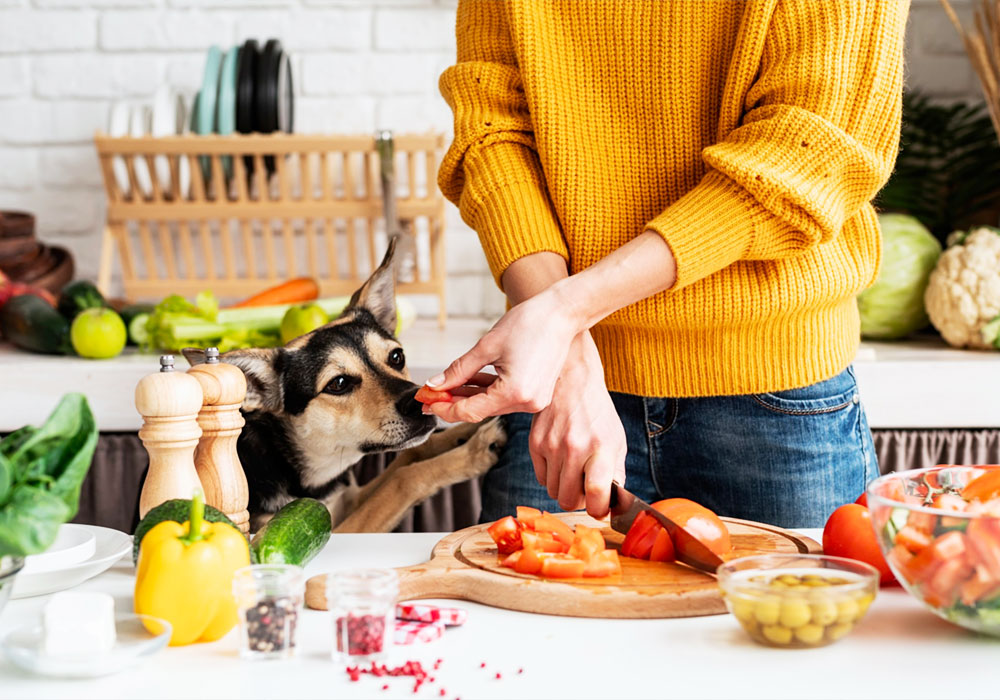
The kitchen is another room in the house that sees a lot of plastic. We’ve rounded up the usual suspects and come up with some alternatives we’re pretty psyched about.
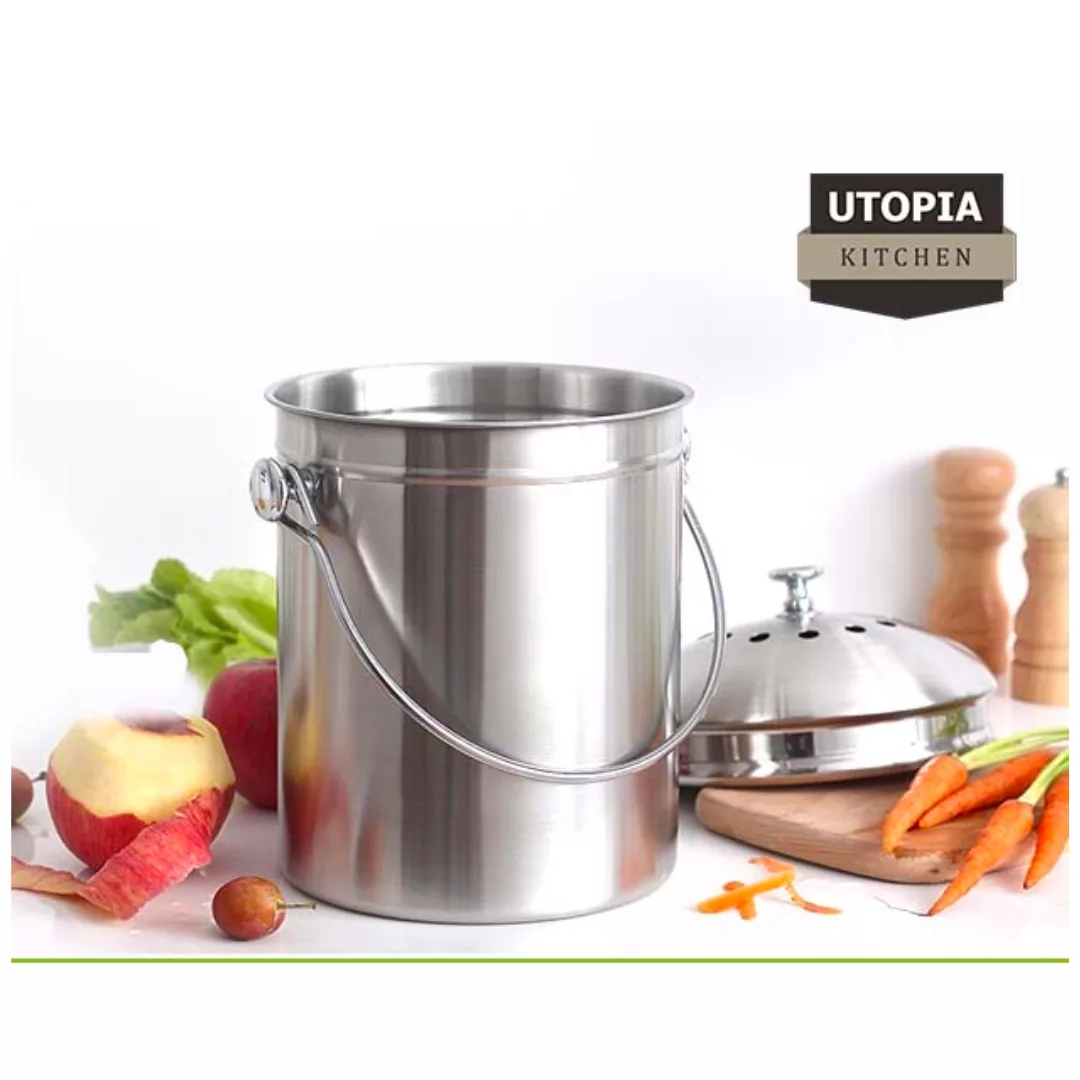
Stainless Steel Compost Bin for Kitchen Countertop
If you’re not composting, I’ve got to ask why? We’ve been tossing our scraps and coffee grounds into a bin for years and then doing the twice weekly dump in our local Brooklyn compost bins – and now the whole City is in on the act. A new Zero Waste Act has made composting mandatory so time to ditch the makeshift bins (we’ve always used milk cartons) and pick up a high-quality, stainless steel compost bit.
With a replaceable charcoal filter to make this odor-free, you can’t go wrong. Drop all of your cooking leftovers from eggshells to tea and coffee grounds, veggies and fruit to paper stuff, into this bucket and never have pesky flies buzzing about the kitchen again. Plus so much less “regular” garbage!
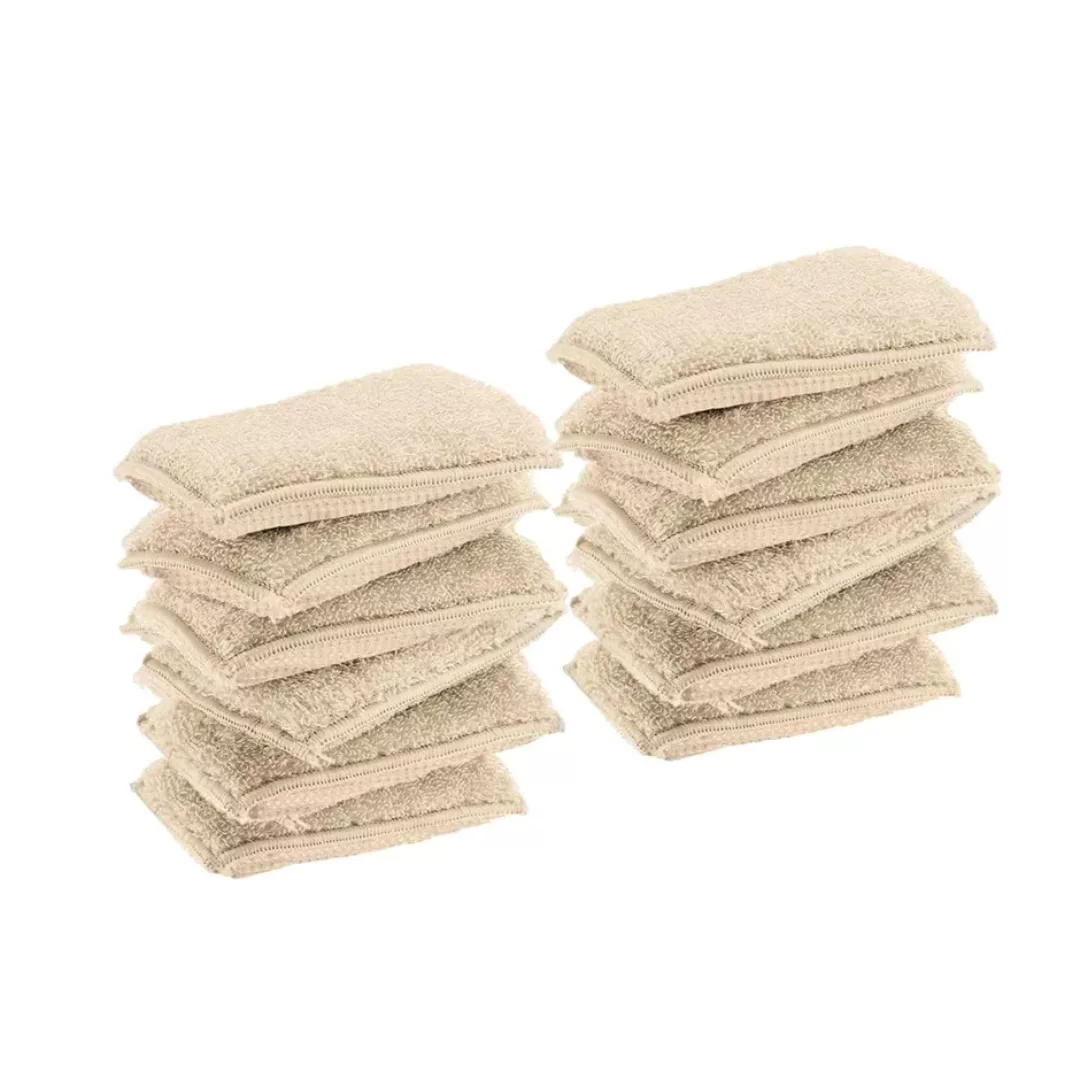
Bamboo Kitchen Sponges
Sponges are my own personal bug-a-boo. I’ve tried dozens of different types over the past few years in an ongoing effort to make my kitchen as sustainable and zero waste as possible. These multi-purpose, long lasting bamboo sponges are my new favorite. Each side has a different material for different types of jobs – nonstick pans wash up with ease and most importantly, there is no icky sponge smell. This is now my go-to.
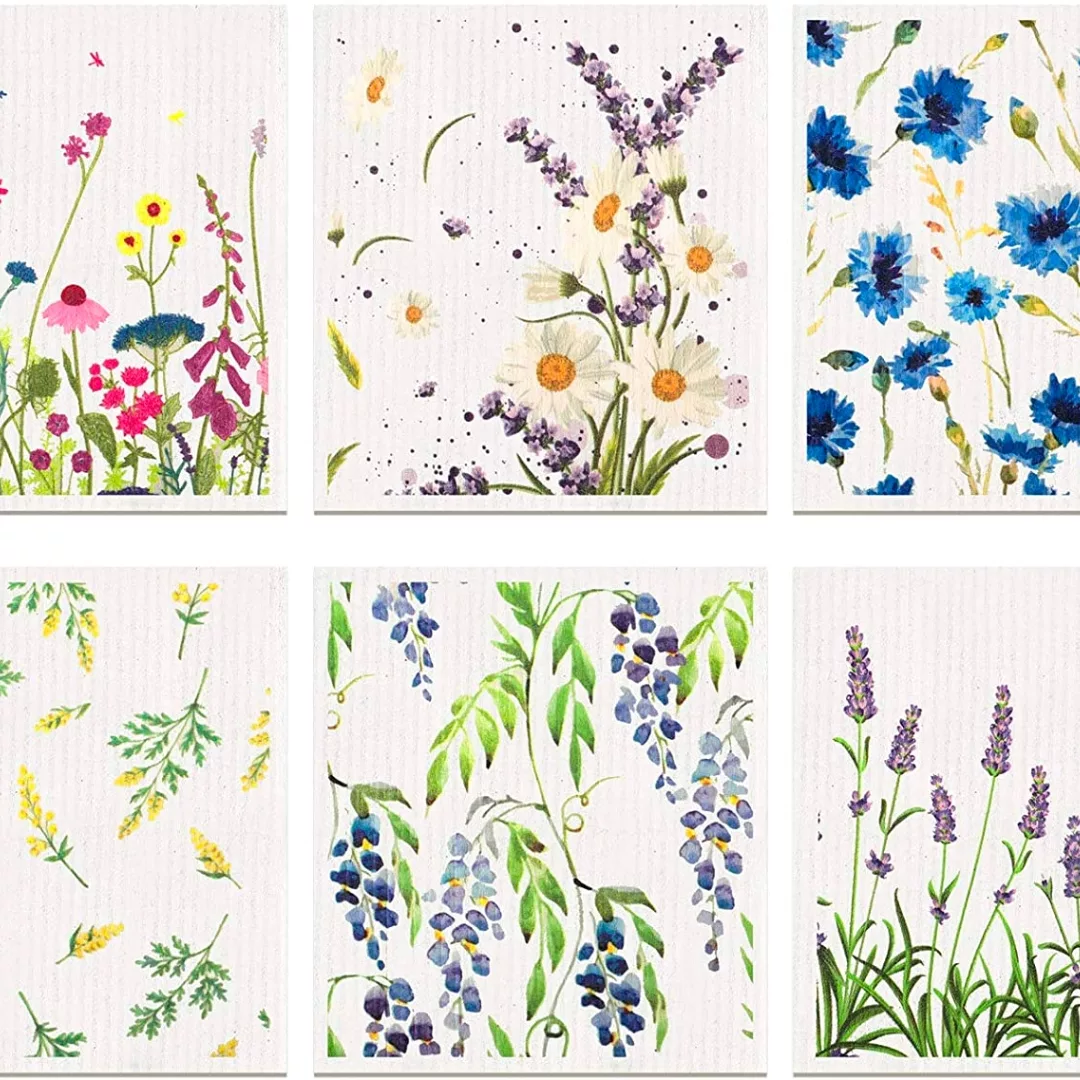
Swedish Kitchen Dish Towels
Forget about grabbing or paper towels and then tossing them in the bin. These reusable cute towels are non-toxic, durable (they can be washed up to 200 times), perfect money savers for the savvy cook looking to reduce their waste. I use them as both paper towels and sponges, then toss them in the dishwasher, dry and they’re ready to reuse.
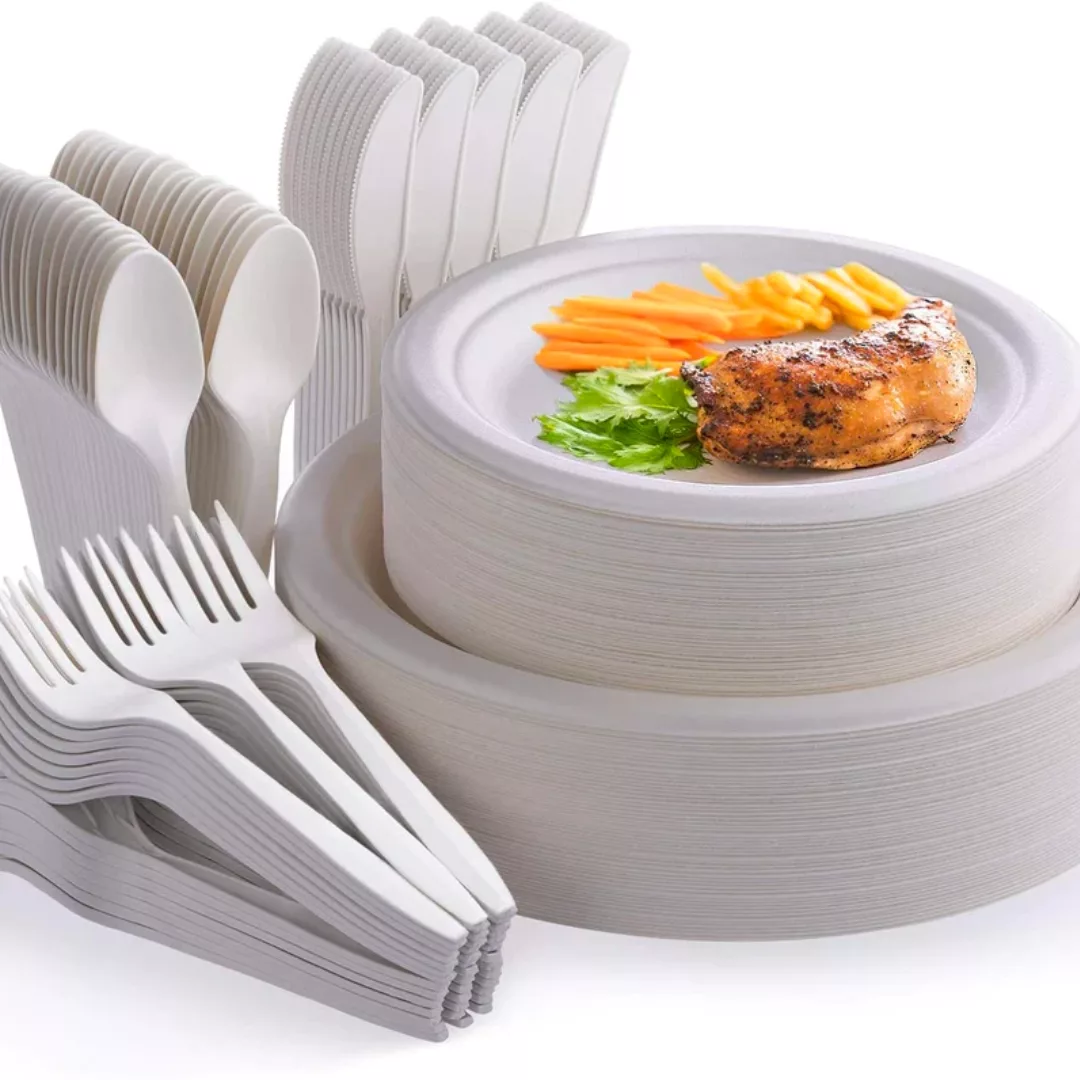
Disposable Dinnerware Set, Compostable Sugarcane
There is no need to be guilty of using disposable products. Fuyit compostable dinnerware brings you more convenience at the same time making a great statement and caring for the environment! Because the whole set are made from 100% natural plant-based materials, sustainable, renewable, compostable and biodegradable.
- Bulk dinnerware set – Affordable, durable and sturdy.
- Microwavable and Freezable.
- No plastic or wax lining. No leaking. Cut- and oil-resistant.
- Meets FDA guidelines for food contact surfaces.
- Meets OK-biobased standards for compostability.
- No chemicals, coatings, or artificial ingredients used.
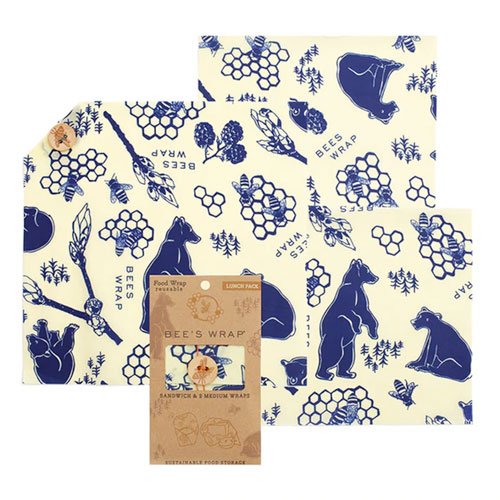
Bees WRAP
Saran Wrap (cling film for our British friends) does a good job at keeping half-eaten foods fresh. Know what it doesn’t do a good job at? Decomposing – the material takes 450 years to break down. Consider wrapping your leftovers in beeswax coated cloth instead – equally effective, this reusable Beeswrap one comes in a variety of prints, meaning it’s not only more sustainable than its sticky plastic counterpart, but also, way prettier.
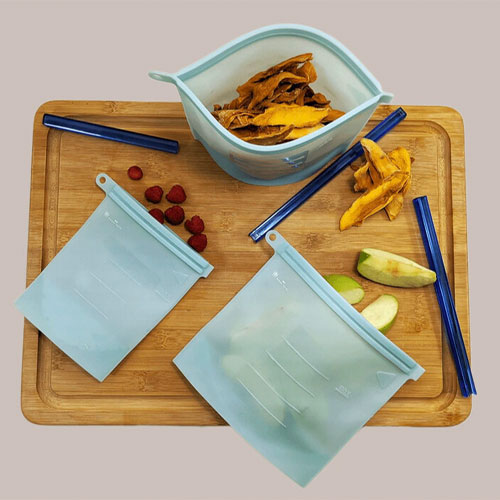
SILICONE BAGS
Technically, most plastic zipper storage bags are recyclable. However, since they are considered a plastic film, they clog the machinery at city recycling facilities, meaning unless you’re willing to do the extra lifting, these bags aren’t getting recycled. Considering the average American family goes through 500+ of them a year, that’s a lot of garbage. Leak-proof and dishwasher / microwave / freezer safe, silicone bags are a legit substitute. You can find them at Zero Waste Outlet for 19.99 for a pack of 3.
COFFEE
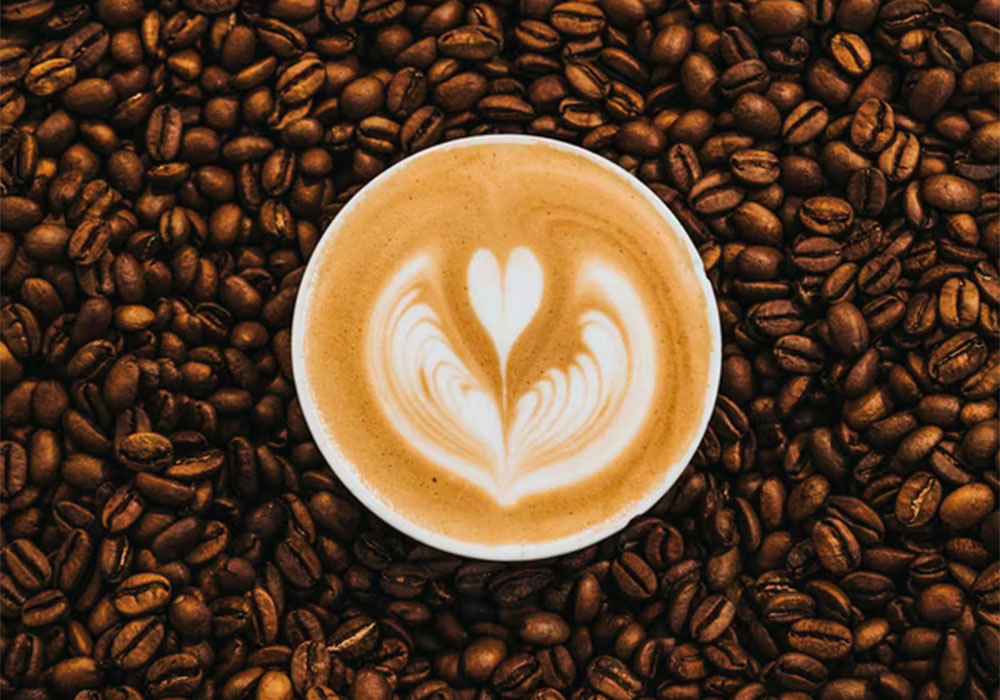
The convenience of Keurig and Nespresso means the rise in single-use, throwaway plastic coffee pucks. And although these companies claim you can recycle them, we’re calling this out as greenwashing – most community recycling programs are NOT equipped to handle these pods, and they end up getting incinerated, thereby poisoning the air, water, and soil. Instead of contributing to this trend for the sake of saving five minutes, we recommend you embrace the ritual of brewing your own coffee in the morning – you may find it to be quite soothing. Here’s our list of plastic-free options – whatever type of coffee drinker you are.
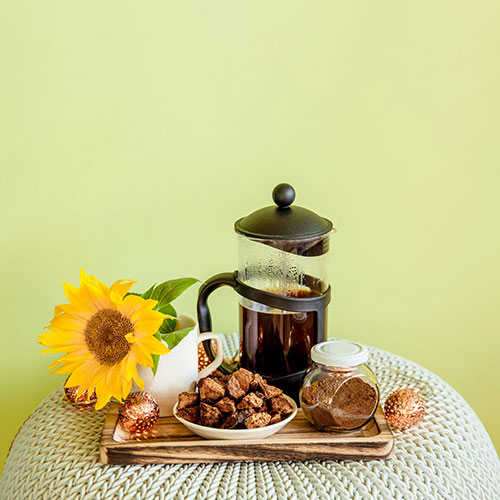
FRENCH PRESS
For a good old fashioned cup of coffee, the best method to prevent waste is the French press. We like Bodum’s BRAZIL coffee maker, which has a reusable filter and easily washable pot and can make a small to larger amount of coffee, so extra coffee doesn’t go to waste.
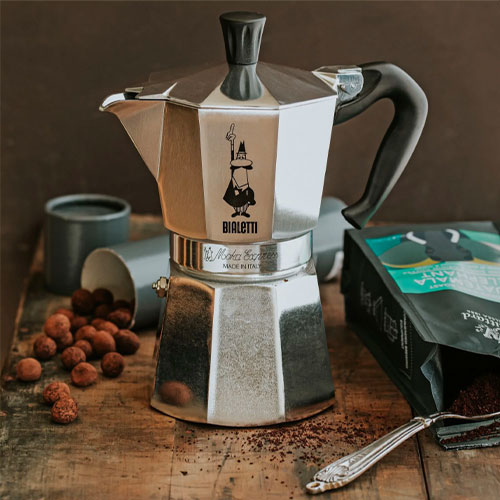
STOVETOP ESPRESSO
More of an espresso drinker? The stovetop Bialetti Moka is a tried-and-true favorite – every Italian person we know swears by it. Like the French press, the Moka is zero-plastic and easy to use – fill the bottom with water, fill the middle with espresso grinds, and wait for the bubbles to sound.
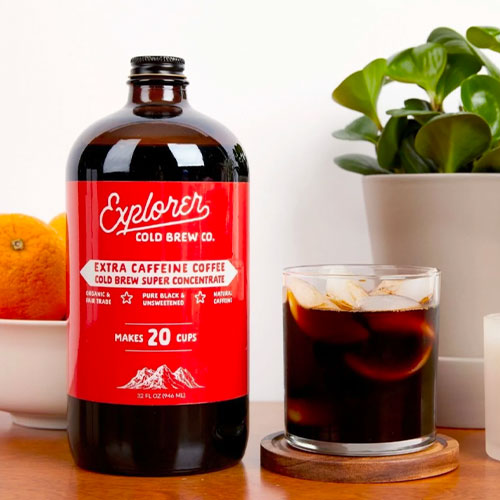
COLD BREW
Right, it’s summer, and you probably want to drink iced coffee. Instead of ordering that single-use cup of cold brew at your local café on the regular, try investing in an at-home brew bundle. Sustainability hero Explorer Cold Brew (they offset their emissions and have eliminated virtually all plastic packaging) provides all the tools to craft the perfect coffee at home, complete with brewing instructions customizable to your caffeine needs. Also they have chai – just saying.
OTHER HACKS to Help Ditch Plastic
SHOP LOCALLY (AND RETURN ANY CONTAINERS THAT YOU CAN)
Shopping locally and supporting your community is ALWAYS preferable. Bigger brand stores tend to use more plastic packaging than that of smaller and local shops – this is especially true with grocery shopping (clam shells, anyone?) Treat yourself to the goods at your local farmers market – there’s no excess packaging, and the food tastes better anyway.
REQUEST ZERO PLASTIC PACKAGING WHEN ORDERING ONLINE
A lot of companies offer zero waste sustainable packaging. Especially during the pandemic, the popularity of online shopping meant more packaging and more environmental destruction. So, although No Kill urges everyone to shop locally (see above), if you do need to order something online it is crucial to request zero plastic packaging.
GET OFF MAILING LISTS
Not only can they be ridiculously annoying, but the paper and plastic waste generated with mailing lists is a huge waste. If you would like to be on a mailing list, just register online.
Think we missed something? Let us know your hacks for going plastic free – we’d love to hear from you!
–Steph Lawson
RELATED ARTICLES
Organizations Keeping Our Beaches and Oceans Clean This Summer
Solid Perfume: What It Is and Why We Love It
Four Benefits of Using a Menstrual Cup
